For property investors, the intelligent analysis of the financials behind their investment property acquisitions are crucial to their success. Investors need to be focused on the return on investment or ROI their potential property purchase will deliver, and this is where property yield comes in to play.
To be a successful property investor you need a number of attributes… amongst other things, you need to know your market, understand what adds real value to the property buying and selling process and have tenacity and perseverance.
You also need to understand a few property investing essentials… tried and tested tricks of the trade, evaluation techniques and other processes associated with the wider property investment arena… armed with these, your chances of success are significantly improved.
Property Yield & Return on Investment
There is however, one key principle associated with the process of investing in property that needs to be thoroughly understood and that it is the subject of property yields, or the anticipated return on investment (ROI).
Return on investment or property yield is one of the most critical components of the entire property investment process and thankfully working it out is easy, involving a fairly straight-forward calculation.
Different Types of Yield
Put simply, the yield on a property is calculated as the annual return on the capital investment and is usually expressed as a percentage of the capital value.
At an introductory level there are a number of different types of yield for a property investor to consider and these include net yield, gross yield and for specialist property investors… all risks yield.
- Gross Yield
Gross yield, as its name suggests is the income return on an investment before expenses are deducted.
Gross yield is calculated by dividing a property’s annual rental income by the property value as follows:
Gross Yield = Annual Rent / Property Value x 100
- Net Yield
Net yield is the income return on an investment after expenses have been deducted.
The expenses or operational costs associated with an investment property can be significant and can include acquisition and transactions costs, management fees, repairs and maintenance costs, rates and insurance.
Net yield is determined by first subtracting the property’s annual operational costs from its annual rent and then dividing this by the property value.
Net Yield = (Annual Rent – Operational Costs) / Property Value x 100
- All Risks Yield
Property investors should also be aware of what is known as an “all risks yield”.
All risks yield is important if you are investing in commercial property, as this form of yield is the amount that Chartered surveyors, property valuers and valuation professionals will utilise to showcase the risks associated with certain investments.
Generally, in order to determine an all risks yield figure and understand how it is compiled, you should always bear in mind a few rules as this will help you to understand the basic concepts behind the figures.
The first thing to understand is that in a buoyant property market property yields are likely to fall.
This occurs because the overall capital value of property increases with market demand whilst the annual rent is likely to remain static (at least until a rent review is completed) at a lower percentage of the total capital value.
Conversely however, in a falling property market, yields are likely to increase.
Property Yields versus Capital Values
Many property investors often question why more emphasis is placed on property yields or returns as opposed to overall capital values… the answer to this is fairly straightforward.
Capital values on property investments can only really be generated by reviewing recent, comparable transactions of similar properties in similar locations.
Property yield however, is easily compared across a platform of properties.
Because of this, it is common practice to apply a percentage yield figure as a multiplier against a property’s annual rental income as this will help to build an estimate of the capital value of the property.
Calculating Property/Capital Values Using Rental Income
Still confused? Let’s explain further using a simple example.
If a commercial property is being let, for say one hundred and fifty thousand pounds per annum, and an approximate yield across nearly identical properties is identified at around 6 per cent, this would mean that:
Capital Value = (Annual Rental Income / Yield) x 100
In this example:
Annual Rental Income = €150,000
Yield = 6%
Calculating the Property/Capital Value:
Capital Value = (€150,000 / 6) x 100
Capital Value = €2.5 Million
Covenant Strength & its Effect on Property Yield
Moving on, investors should also be aware that property yield figures can also be “manipulated” to show alternative capital values that more accurately reflect the investment risk.
Why? Because this way the investor risk associated with renting a property can be taken in to account more fully.
For instance, if a tenant is known to be reliable, has a good reputation and is financially strong, then this will mean that they will present a lower level of risk to the property owner.
This means that the value of the tenanted property will be higher to another investor because of the reduced risk of tenant default on the rent payments.
Lease strength of this nature is commonly referred to as “covenant strength” and is a term used in the property world to denote the strength or quality of a commercial tenant.
A FTSE 100 company would be viewed as a very strong tenant, much more likely to keep to its lease covenants, to pay its rent on time and not to break any of its lease obligations.
On the flip side however, if a company that wishes to let a commercial property poses a threat of missed rental payments, broken obligations and the like, then this obviously increases investor risk and the investment value of the tenanted property will be affected accordingly, resulting in a less favourable yield.
Contact us for further help and advice on investment properties.

